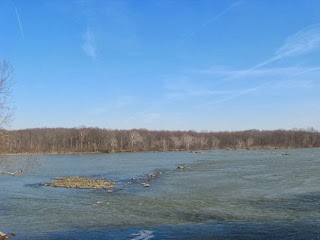The museum itself was the creative vision of a non artist, but a woman with a passion for helping people. While working with psychiatric patients in a local hospital, Rebecca Hoffberger, became enthralled with her patient's artwork. She chose to focus on the patients strength as people, as opposed to the weaknesses that got them there. On a trip to Switzerland she visited a folk art museum and was inspired to create a home for the outsider art she so adored back home in Baltimore. Several years, numerous petitions, and millions of dollars later she would witness her dream come to fruition.
In November of 1995 the museum opened to the public. It's first two visitors were a pair of visionary artists. You could even say the building itself is a piece of art, and difficult to miss. Just look for the large shining mosaic, located only blocks from the busy harbor. The outside is a spectacle of glass, mirrors, and other mediums patterned together to create a unique building, and a piece of art. Surrounding the grounds of the museum, artwork is abound everywhere. Kinetic sculptures dot the skyline, hands protrude out of the building, mammoth birds nests hang above, and trees sprout out of the concrete.
Once inside there's a plethora of raw art to be found everywhere. The museum has a revolving permanent collection that consists of over 4,000 pieces. The day we visited we encountered sculptures made of matchsticks, unusual collages, and varying degree of unusual works of art. The museum is consistently changing their displays to feature the variety of art they own. Giving each one of these unique artists a chance to shine for a period of time. In fact that artwork at the museum is so much on the move that some actually does. Every year the museum hosts a kinetic sculpture race. Artists create movable pieces of art that race 15 miles through the streets of Baltimore. Several past winners are housed within the walls of this unusual art museum.
The museum and the pieces of art housed within, show there is a creative side in everyone of us, we just need to find a way to unleash it. That there is a uniqueness in all of us that needs to be released. A way against the normal, that can be an inspiration for all.
















